
The fmcg CEO merry-go-round continues, with Nestlé the latest company where change is afoot. The company has a new CEO, Philipp Navratil, the third CEO in 15 months, and a new chairman, Pablo Isla, who replaces 50-year Nestlé veteran Paul Bulcke. Navratil said at the Q3 results that “the world is changing and Nestlé needs to change faster”.
There are some textbook examples of what good turnarounds look like. Danone is probably one of the best precedents. CEO Antoine de Saint-Affrique inherited a challenged business and had to act fast. A quarter of its portfolio was underperforming and needed to be fixed or divested with capital rotated into higher growth, higher margin businesses where it had a right to win. The results since have been clear and consistent, with Danone delivering 4% organic growth in more than 15 consecutive quarters.
Unilever offers another example of decisive change. CEO Hein Schumacher put a clear Growth Action Plan (GAP) in place, before being replaced by Fernando Fernandez, who wanted to move even faster and transform the company into a more focused, premium beauty and wellbeing player with a bigger weighting to India and the US.
Off the bat, Nestlé has announced 16,000 job losses, equivalent to almost 6% of its global workforce. As a company that has shied away from big restructuring moves, this feels like a landmark moment. It shows that the company wants to find savings to reinvest in driving better volume growth.
Savings through to 2027 have been raised by CHF500m to a cumulative CHF3bn, but it will cost an extra CHF1bn in restructuring costs to achieve them.
Nestlé’s path to progress
However, the more pressing issue is building sustainable competitiveness. The new CEO’s message is clear: Nestlé has been too easy to win share from. Navratil wants to instil a culture where losing share will become unacceptable and excuses are challenged more rigorously.
This is important because Nestlé’s volumes have been negative for a number of years, but this quarter delivered a positive surprise with 1.5% real internal growth. The company has identified 18 underperforming cells (around 20% of group revenues) that drove most market share losses, and there has been progress on fixing many of them.
The message is that every part of the portfolio needs to earn the right to remain. Nestlé has already said it is open to partnerships in bottled water, including brands Perrier and Sanpellegrino, and is also looking at options for half of its vitamins and supplements business, while questions remain unanswered over the attractiveness of frozen food. Proceeds from any or all of these sales could help reduce Nestlé’s debt pile.
Historically, some of Nestlé’s resources have been spread too thinly, with not enough attention paid to core categories coffee, pet, and nutrition. This looks set to change. Nestlé is focused on six big innovation plays which it is looking to scale faster, aiming to generate at least CHF100m of revenues.
Taste preference is king
It sounds obvious, but in a food company, taste remains the number one driver of brand choice. It feels like Nestlé has lost its way a little on this front, and improving on this score will be important in turning the tide.
Marketing spend can go up, you can engage influencers and be smarter with data and digital, but ultimately the rubber meets the road on taste. This is what ultimately drives repeat purchase.
At the same time, consumers are laser-focused on affordability and real differentiation. It can be hard for food companies to really cut through the noise, but Nestlé spends CHF2bn on research and development, and needs to get a bigger bang for its buck.
The food industry has been under severe pressure to grow volumes and Nestlé can look to its peers for a steer on the right direction and speed of travel. Success will hinge on having the right incentives, culture, and portfolio in place, but ultimately, the question is whether the world’s largest food and beverage company can regain its mojo.
Warren Ackerman, head of European consumer staples research at Barclays






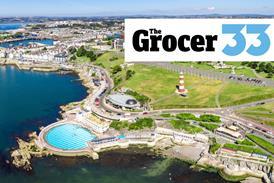



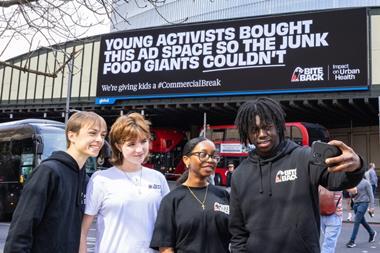
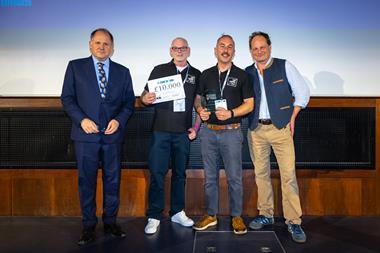

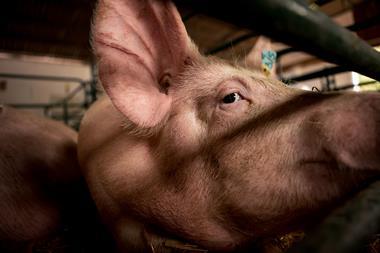
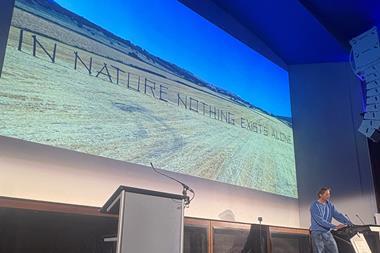

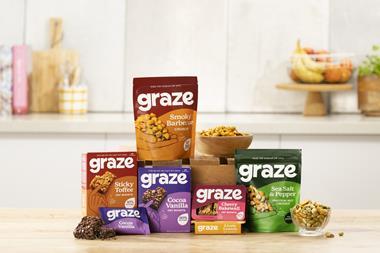
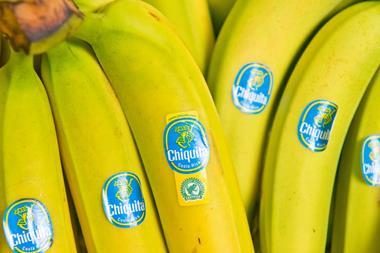
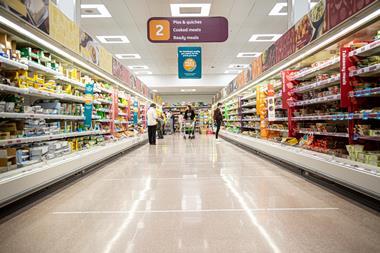
No comments yet